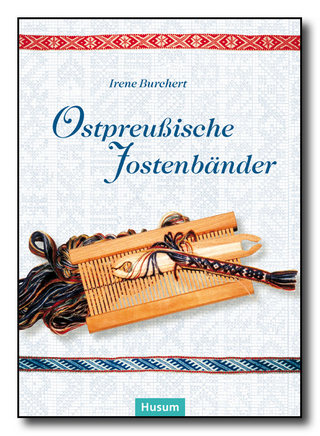
Development projects in Northern India
Today's problems, visions for tomorrow
Seiten
2008
|
2. Aufl.
GRIN Verlag
978-3-638-95109-8 (ISBN)
GRIN Verlag
978-3-638-95109-8 (ISBN)
- Titel ist leider vergriffen;
keine Neuauflage - Artikel merken
Research Paper (postgraduate) from the year 2005 in the subject Ethnology / Cultural Anthropology, grade: sehr gut, University of Hamburg (Institut für Ethnologie), course: Feldforschungsbericht, language: English, abstract: In my research, I wanted to learn about the problems of disadvantaged groups in India. And I wanted to learn how NGOs attempt to solve these problems. I was especially interested in two subject areas: the situation of the indigenous population, seventy million people, and the situation of the rural communities. During my stay in India, I did research for five weeks in the village Amapurkashi with the "Society for Agro-Industrial Education in India", which is mainly active in the area of education with schools and a college. They also organize health camps and help the locals to find new income opportunities. Additionally, I spent ten days with the NGO "Society for the Promotion of Himalayan Indigenous Activities", which works with the indigenous Van Gujjar, who live nomadically in the Shivalik forests, the foothills of the Himalaya. My main research questions were: 1. Which problems are most urgent for the disadvantaged groups? What solutions do they and the NGO offer? 2. Who is responsible for these problems? Who could, or should, solve them? How? 3. What future would people like to see for their children, their community, their country? I questioned the NGO workers and the locals. In the beginning of my paper, I describe, the developmental situation in India and introduce the two projects, in which I did my research. In the third chapter, I discuss the course of the research and introduce the most important informants and interview partners. Following that, I introduce the methodology I used and how it worked. I also reflect on my own role, on coming back home and on analysing the data. In the fifth chapter, I discuss the results of my research. After a general introduction to the situations of the Van Gujjar and the inhabitants of Amapurkashi, I introduce the answers to the question about local problems. This part is divided into different subjects relevant to both fields, in order to highlight problems the two communities have in common as well as to show the differences. First I talk about income, after that about population growth, the role of the women, health, education and opportunities, politicians and bureaucrats, new income opportunities, environmental protection and problems of developmental cooperation. In the following part, I discuss responsibilities and priorities of the locals. Finally, I introduce the philosophies and strategies of the NGOs I worked with, certain interesting projects and evaluate their work.
| Sprache | englisch |
|---|---|
| Maße | 148 x 210 mm |
| Themenwelt | Sozialwissenschaften ► Ethnologie ► Volkskunde |
| Schlagworte | Development • feldforschungsbericht • India • Northern |
| ISBN-10 | 3-638-95109-X / 363895109X |
| ISBN-13 | 978-3-638-95109-8 / 9783638951098 |
| Zustand | Neuware |
| Haben Sie eine Frage zum Produkt? |
Mehr entdecken
aus dem Bereich
aus dem Bereich
von grimmschen Märchen, germanischen Mythen und den Gesängen der …
Buch | Hardcover (2024)
Edition Roter Drache (Verlag)
16,00 €
an Ethnography of crowds and unruly sounds
Buch | Softcover (2024)
Oxford University Press Inc (Verlag)
28,65 €


